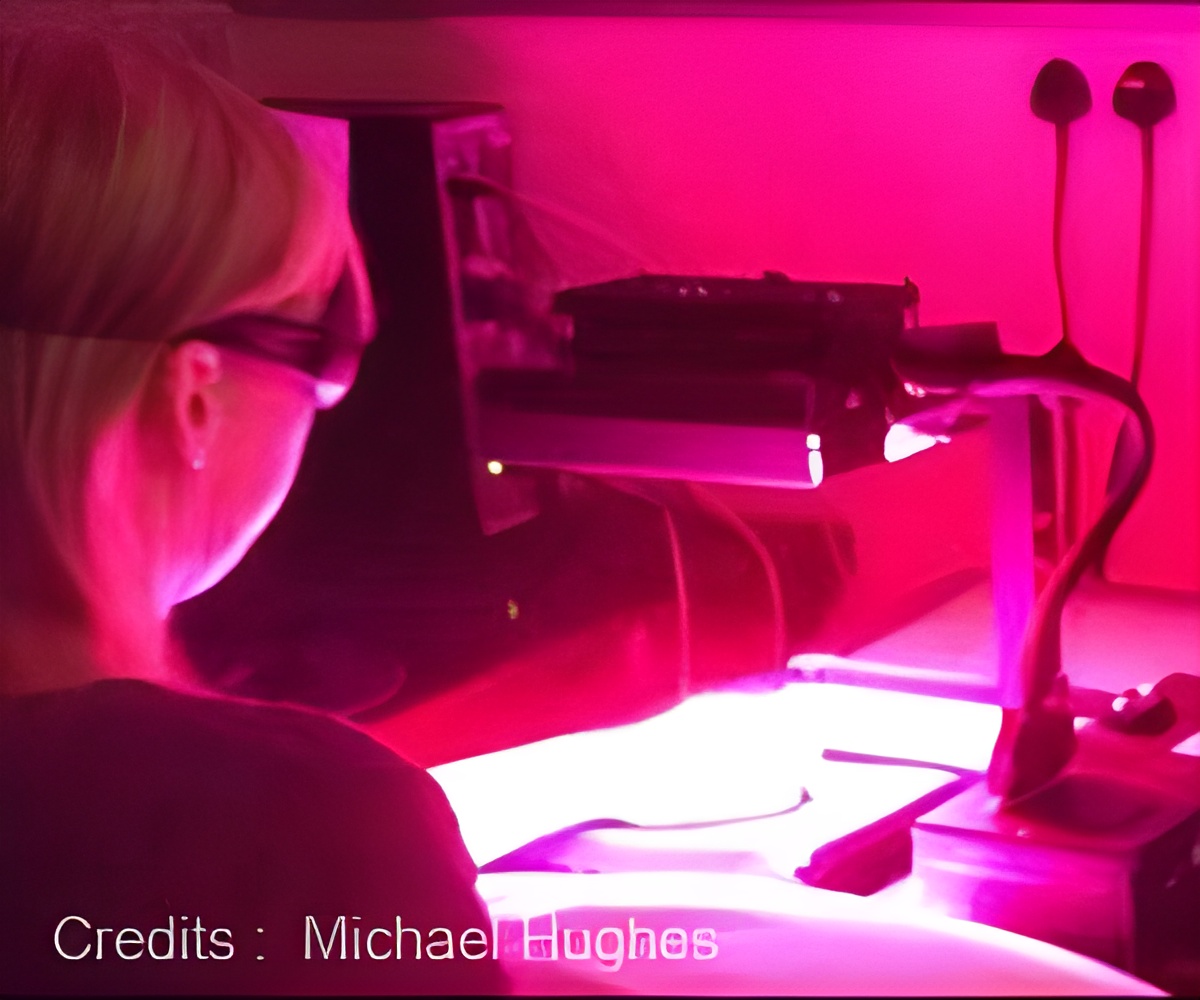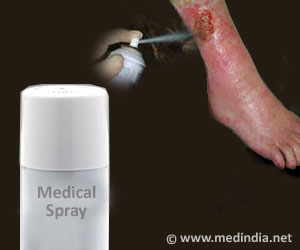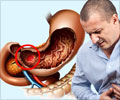Buruli ulcer, the forgotten and debilitating and neglected disease, could now be treated with a new drug compound Q203

TOP INSIGHT
New drug compound Q203 is very effective and safe in treating buruli ulcer and if it is combined with a second antibiotic, it could shorten the duration of treatment
Read More..
Traditionally, the skin lesions caused by Buruli ulcer have been removed by wide surgical excision. Since 2004, the World Health Organization (WHO) also recommends treatment with a combination of antibiotics: oral rifampicin and injected streptomycin.
Surgery is often not an accessible option in low-income settings and the combination therapy requires daily visits in health centres over an 8-week period. More importantly, the antibiotics result in severe adverse side effects with over 20% of treated patients suffering from hearing loss.
In addition, fear of the emergence of rifampicin resistance increases the pressure to develop new and better drug treatment regimens.
Highly effective compound discovered
"We were very surprised when we saw this high activity. We had previously screened hundreds of compounds that were originally intended for TB drug development and none of the others showed promising activity against Mycobacterium ulcerans," said Gerd Pluschke, Head of the Molecular Immunology Unit at Swiss TPH.
Another advantage of Q203 is that its safety has already been tested in a phase I clinical trial for TB. "That means that as soon as funding can be secured, we will directly test the new compound in Buruli ulcer patients in a phase II trial," said Pluschke.
Important knowledge on the bacterium established
Comparison of the M. ulcerans genome with other mycobacterial genomes provided an explanation for why this bacterium is so sensitive to Q203. The bacterium seems to be on the way to develop from an environmental organism to a specialised pathogen, which is adapting to live in a more stable environment.
In the course of this evolution, it is reducing the number of active genes, since many cellular functions are only needed by free living environmental organisms. While respiration of the less sensitive TB bacteria relies on two pathways, with only one being blocked by Q203, M. ulcerans has lost the alternative Q203 resistant pathway and cannot persist for longer times in the presence of the drug.
Broad and long-term expertise on Buruli ulcer
Swiss TPH has a long-standing interest and wide-ranging expertise in researching Buruli ulcer. Apart from drug discovery, scientists are also working on heat therapy as an alternative treatment option and first steps have been taken to develop a vaccine. Together with the Foundation for Innovative New Diagnostics (FIND), Swiss TPH is also working on developing a rapid diagnostic test for Buruli ulcer.
"Research, long-term commitment and productive partnerships demonstrate that Swiss TPH can make a meaningful contribution to a deeper understanding of the epidemiology and control of Buruli ulcer and other NTDs," said Jürg Utzinger, Director of Swiss TPH. Research on Buruli ulcer at Swiss TPH has been supported by the Medicor Foundation and the UBS Optimus Foundation for many years.
Source-Eurekalert
 MEDINDIA
MEDINDIA

 Email
Email








